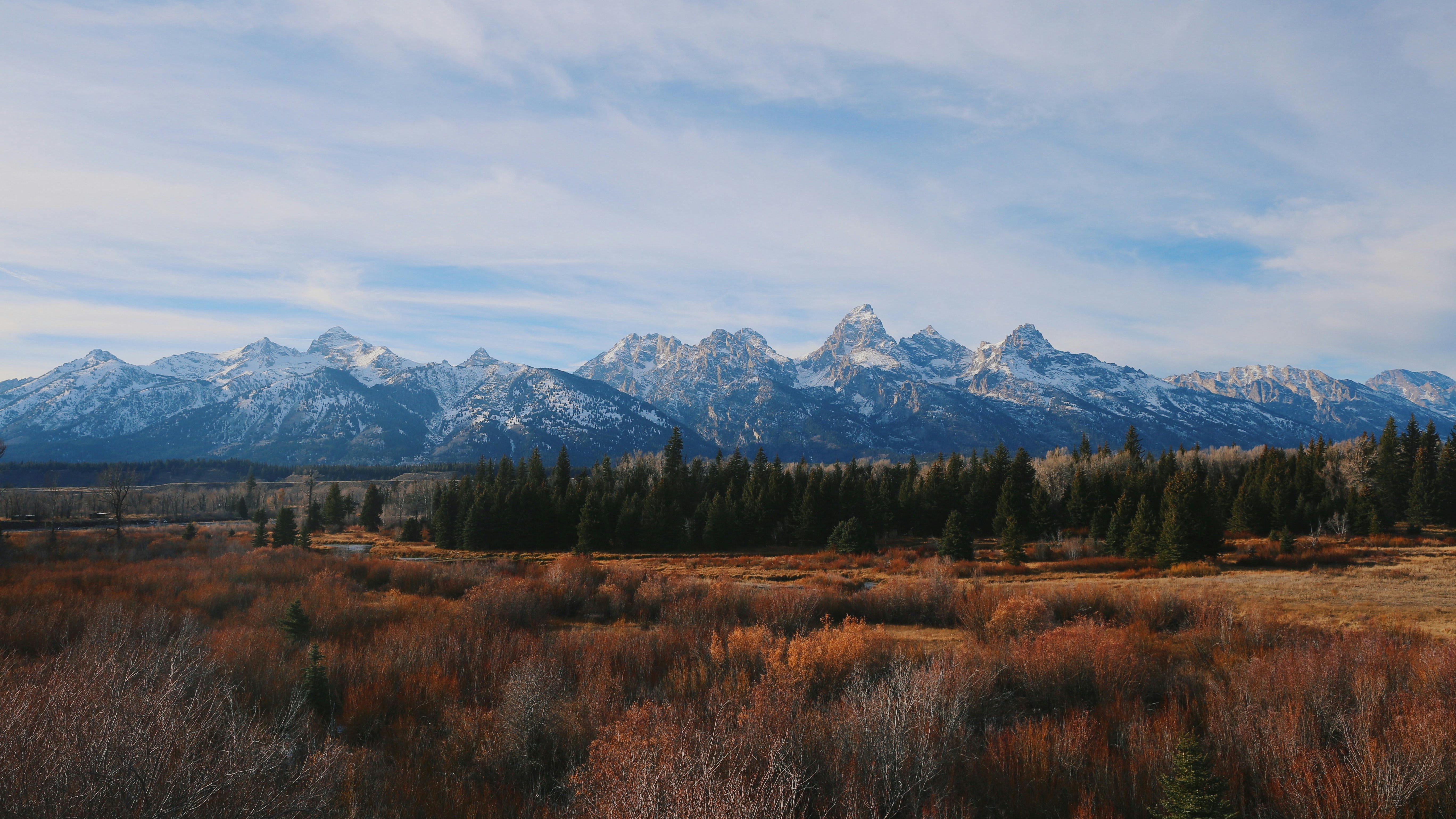
Exploring the Cinematic World of 'The Last of Us' Season Two
The much-anticipated second season of The Last of Us has transported audiences back to the harsh realities of a post-apocalyptic world while revealing an exquisite array of filming locations that bring the narrative to life. Centered on the vivid settings of Jackson, Wyoming, and the melancholic ruins of Seattle, the production team expertly weaves authenticity with artistry. Utilizing approximately 60 to 70 locations around Vancouver and British Columbia, they have drawn a series of stunning backdrops that depict survival and human resilience.
The Power of Place: Crafting Jackson and Seattle
The effort to recreate Jackson, a pivotal location in the storyline, required ingenuity and meticulous planning. Production designer Don Macaulay stated, “We built it from scratch in a parking lot in Britannia Beach.” This foundational approach allowed the team greater creative freedom while aligning with the atmospheric requirements of the script. Unlike Season One, shot partially in Canmore, this year's construction emphasized a hybrid of the game's iconic visuals and the real Jackson's ambiance.
From Concept to Reality: The Challenges of Filming
Bringing the video game to the screen isn't merely a matter of replication; it's about capturing the essence of place through cinematic storytelling. Much of Macaulay’s challenge lay in translating elements of Seattle from the game into a feasible filming environment where reality trumped pixelation. With the necessity for visual effects to create the show’s less tangible elements, like the sea-flooded landscapes, logistical hurdles became a considerable focus.
A notable instance of creativity was employed in recreating unique scenes involving a hoard invasion; this involved deliberate destruction of set pieces to amplify tension. “We burned things and broke things,” Macaulay explained, showing that the visual narrative extends beyond mere aesthetics—it is about emotional engagement.
Expanding the geographic narrative
As the series moves deeper into its storyline, filming took place all over British Columbia, including locales as far as Kamloops and Whistler. This expansive approach serves dual purposes: it enhances the visual variety of the series while paying homage to the game's scope, which presents a vast and treacherous America. Episode Three even saw the production team film a montage in several U.S. states to achieve greater authenticity in depicting the protagonists' journey. It emphasizes the importance of place as not just a backdrop, but as a character in its own right.
Setting the Stage: Filming Locations’ Relevance to Luxury Travel
The landscapes captured on camera not only serve as visuals for a beloved narrative; they can also influence travel trends. For fans and travelers alike, the places featured in The Last of Us could provide adventures and experiences akin to those seen on-screen. As viewers seek to connect more with these locations post-show, regions like British Columbia could see a surge in interest—signaling potential for luxury travel concierge services to curate unique visits to these cinematic backdrops.
The Cultural Impact of Filming Locations
The choice of filming locations speaks volumes about the series’ cultural impact. Fans are drawn not only to the story but also to the stunning scenery depicted. This desire to explore such locations adds layers to travel narratives by intertwining modern nostalgia with the wonder of the outdoors. Travelers who appreciate the intricate relationship between nature and narrative may find themselves planning journeys reminiscent of Ellie and Joel's adventures.
Conclusion: More than Just a Show
As The Last of Us unfolds season two, it highlights how storytelling and location work in tandem to captivate audiences. Its successful reconstruction of Jackson and Seattle showcases a commitment to quality and authenticity, factors that draw a distinct line connecting entertainment with its potential recreational experiences. Fans and travelers alike should anticipate the growth of a unique travel trend centered around the places that bring their favorite stories to life.
In this continuously evolving landscape, both entertainment and travel play pivotal roles in shaping our experiences. The intersection of luxury travel with pop culture can redefine how we view various locations across North America. As such, being aware of filming locations could guide the future of where travelers wish to explore next.
 Add Row
Add Row  Add
Add 




Write A Comment